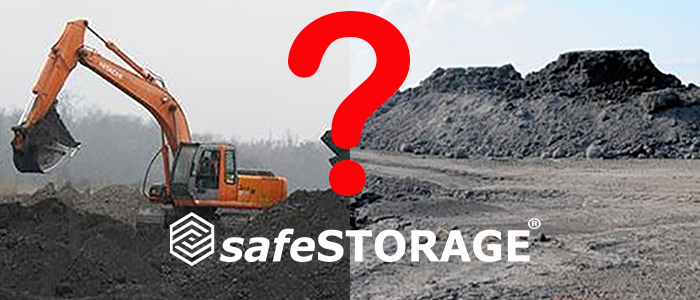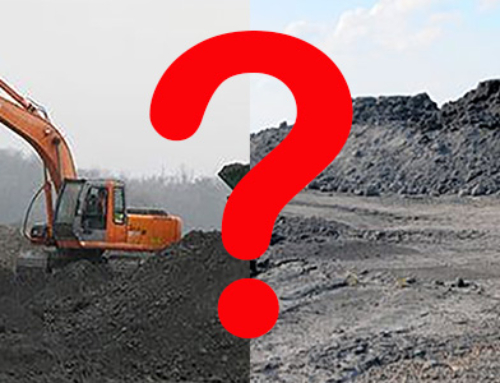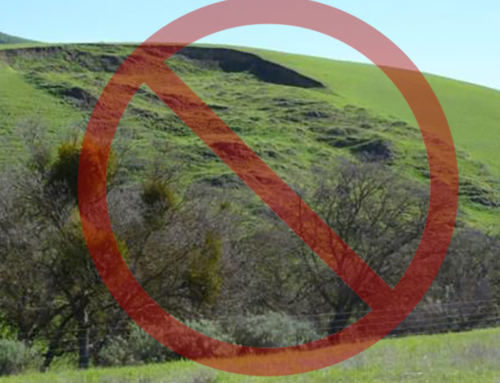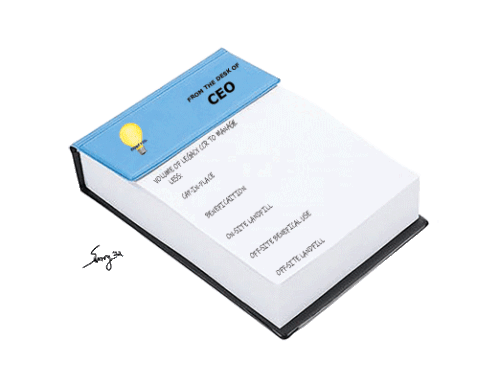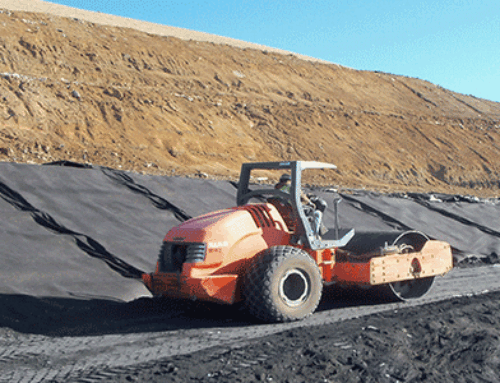The Only Problem with the Unencapsulated Beneficial Use Definition is the Word “Unencapsulated”
In public debate over the best disposition of legacy coal ash (CCR), the phrase “uncapsulated beneficial use” is used. However, “uncapsulated” solutions, such as mixing loose CCR into soil or spreading large quantities as fill on construction sites without environmental safeguards, are no longer considered viable options for beneficial use.
The method called “macroencapsulation” is considered by the EPA to be an “unencapsulated beneficial use.” This term, at least on the surface limits encapsulation beneficial use to a micro level (the CCR is fused or, in EPA terms, “encapsulated”) through recycling into another product like concrete or wall board. But if you look at macroencapsulation on a macro level, the CCR is FULLY encapsulated and rendered inert within a structure. Confusing? We know, since we understand the safeguards put in place for all beneficial use, But a simple label certainly has a negative impact.
EPA regulations on beneficial use finalized in April 2015 have safeguards in place to exclude earlier methods of unencapsulated beneficial use that have proven dangerous.
| 40 CFR § 257.53 Definitions “Beneficial Use” |
Beneficial use of CCR means the CCR meets all the following conditions:
- The CCR must provide a functional benefit;
- The CCR must substitute for the use of a virgin material, conserving natural resources that would otherwise need to be obtained through practices, such as extraction;
- The use of the CCR must meet relevant product specifications, regulatory standards or design standards when available, and when such standards are not available, the CCR is not used in excess quantities; and
- When unencapsulated, use of CCR involving placement on the land of 12,400 tons or more in non-roadway applications, the user must demonstrate and keep records, and provide such documentation upon request, that environmental releases to groundwater, surface water, soil and air are comparable to or lower than those from analogous products made without CCR, or that environmental releases to groundwater, surface water, soil and air will be at or below relevant regulatory and health-based benchmarks for human and ecological receptors during use.
Macroencapsulation meets all four of these EPA requirements, winning another argument against calling it an “unencapsulated” approach.
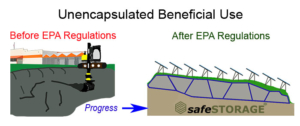
In 2009, and again in 2012, well before the EPA issued its 2015 regulations, the Commonwealth of Virginia’s Department of Environmental Quality approved macroencapsulation as a tested, proven and environmentally protective beneficial use, positioning Virginia as a visionary leader in the safe disposition of CCR.
The snag continues to lie in the semantics. The public continues to mistakenly view macroencapsulation – where coal ash is completely encased in an impervious barrier, in no contact with air, soil or groundwater whatsoever – an unencapsulated use. Although the EPA supports responsible beneficial use, the EPA’s definition of “unencapsulated” injects confusion into any discussion of the advantages of macroencapsulation and causes it to be discounted without considering the sound science behind it.
The last-ditch solution of disposing of coal ash by moving it to lined landfills is also considered a viable option. But a landfill’s geomembranes are no different from the geomembranes used in a macroencapsulated structure. The only difference is that the landfill continues to be a landfill (full of coal ash), whereas a macroencapsulation project uses the CCR to reconfigure the land for productive reuse, such as creating an area where solar panels can generate renewable energy.
What’s more, macroencapsulation done on-site or near the existing legacy coal ash pond is usually the least disruptive and most cost-effective solution.
The bottom line is that macroencapsulation IS a method of encapsulation, and it has more potential for safe disposition of CCR and land reclamation than recycling the CCR into other products, because recycling will always be limited by the market’s demand for those products.
